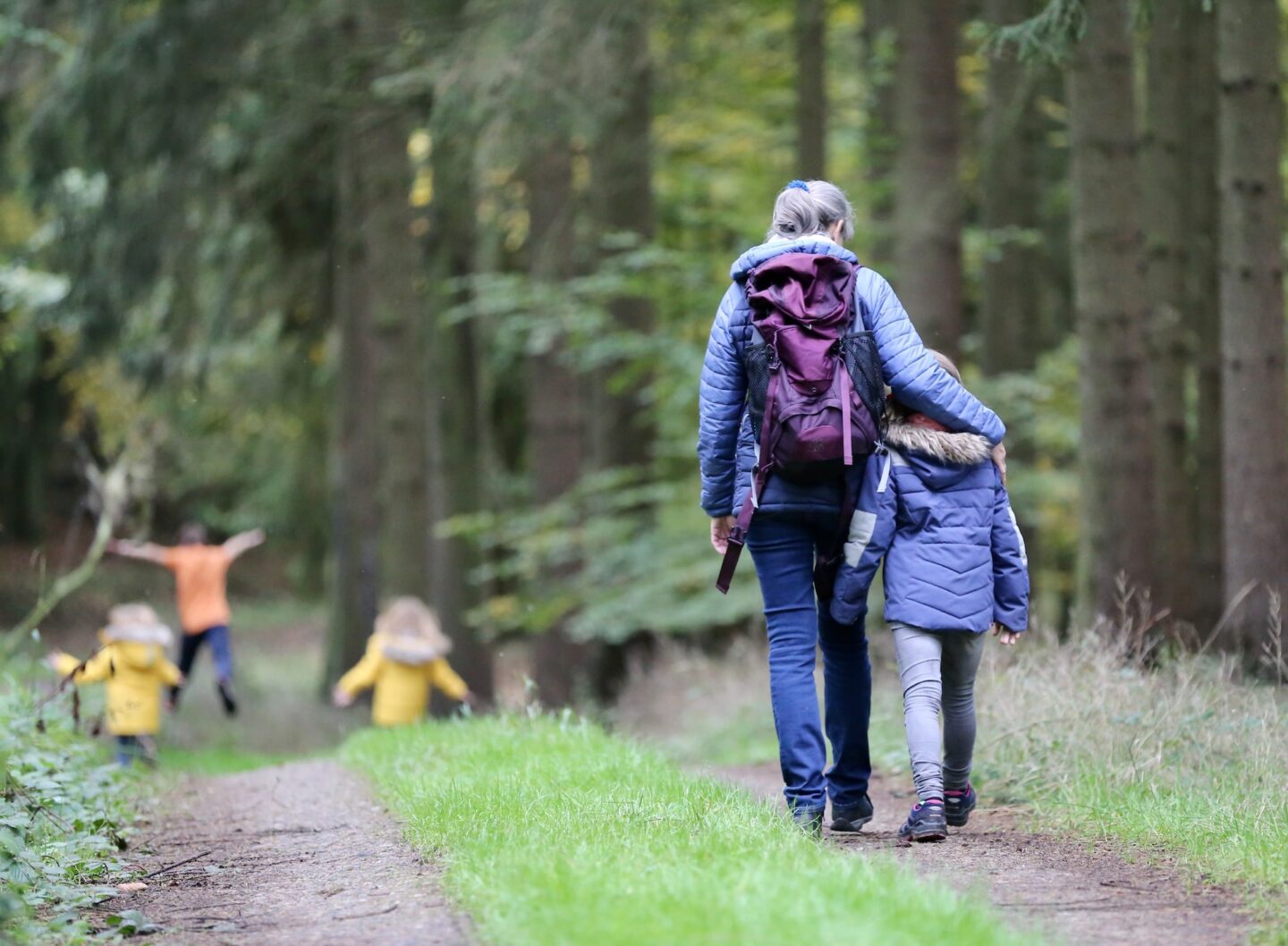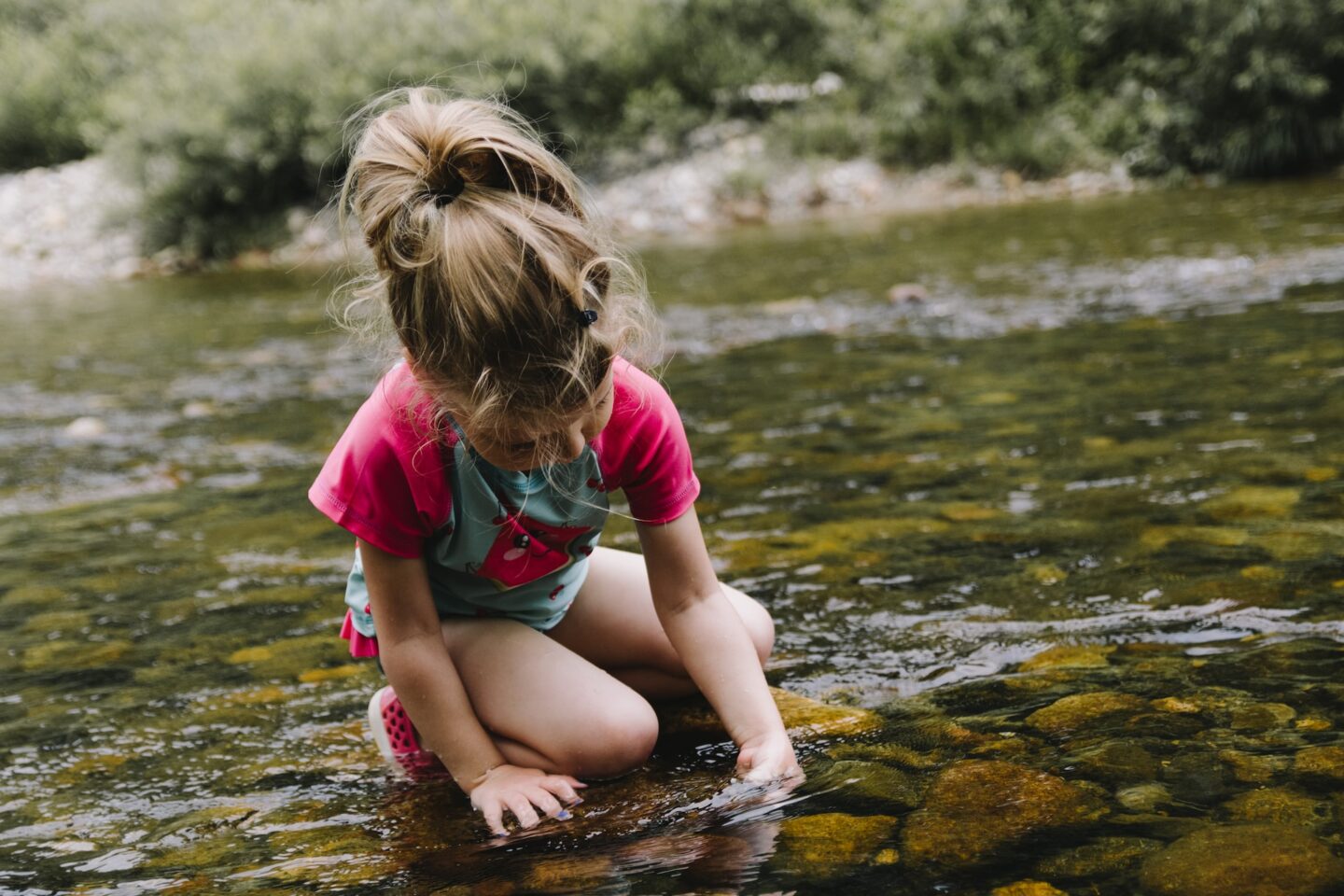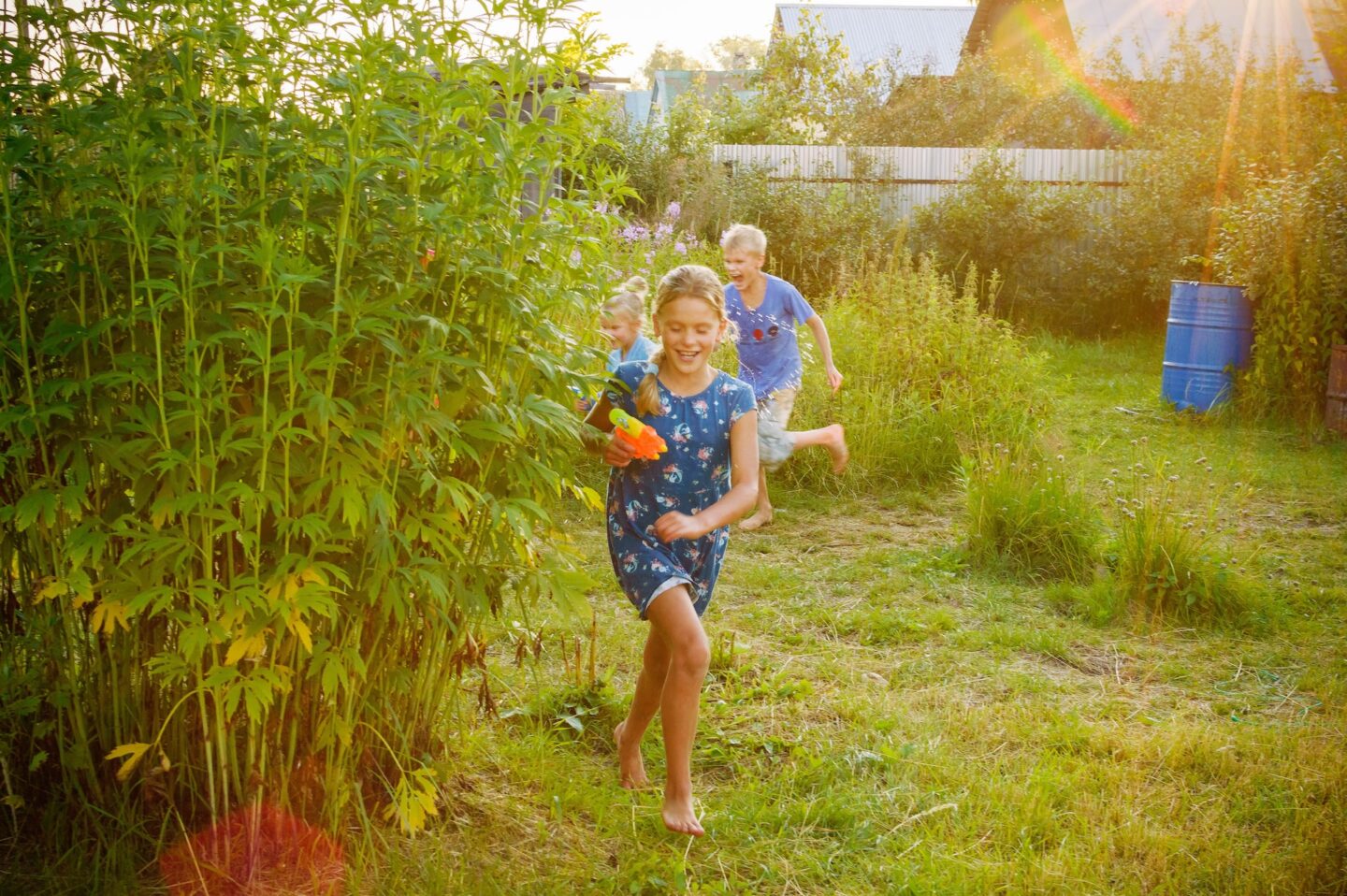
Disclosure – this is a collaborative post.
Kids are curious animals which tends to make the process of teaching them much easier than it might for an adult. However, while this is true in some circumstances, the lessons must be fun and engaging enough to keep their attention throughout the lesson. While this is easy for some subjects, others that take on a more thoughtful bent, like nature and the natural habitat, tend to be more challenging to implement. However, it need not be this way, and with the proper guidance and understanding of the things they enjoy, you’ll soon discover your kids absorbing everything you can throw at them. This post explores some fun activities you can do to help teach your kids about the importance of the natural world and help to create wonder and a sense of excitement that should keep them motivated throughout.
Search Online For Exciting Content To Introduce Them To The Subject
The first point in this post is one that is the most straightforward to implement and one that will arguably have the most impact when starting out. This is because most children are already well-versed in using the web via various means, and searching for a habitat definition for kids that they will enjoy and understand will be far more accessible. The first step is searching online to find study material relevant to their age range. During this step, you should ensure it is not simply informative but intriguing enough to keep them excited. In practice, videos, interactive websites, and fun quizzes help convey information and make it more memorable. Luckily, this is actually far easier than it sounds, as websites like YouTube have thousands of channels dedicated to teaching children about all manner of things. Moreover, you might even learn something yourself while watching together!
Go On A Nature Walk And Observe The Flora And Fauna
Although the web is undoubtedly a vital aspect of learning, if you want your kids to learn more actively, you can’t beat getting outside and into nature itself! Most folks don’t realize what wonders they have right outside their doorstep and either opt to ignore this fact or take the family to some far-flung place involving sitting in a car for hours. However, to begin, all you need to do is simply get your shoes on and take a walk around the block! There is so much to learn from the great outdoors that you are doing your children a disservice by not taking the opportunity. It’s even better if you have a local park or forest to explore. If this is your first time, it’s best to begin small and make sure they enjoy the experience.
Once you are happy, they are on board; you can start making things more interesting. For example, you could grab a sketch pad and some crayons and find a place full of trees and plants to draw. As you both draw, you can ask them questions about their thoughts and simply enjoy your time together. The initial idea is to get them to explore nature and have fun, so try to be encouraging and as polite as possible when they inevitably ask an utterly mad question about something. If your children are slightly older, you can take it a step further and download an app like Google Lens and encourage them to take a photo of something they want to know more about and research it as they usually would.

Watch Documentaries About Animals And Their Habitats
YouTube and other video sites like Netflix are chock full of exciting documentaries for all ages and can enable you and your children to learn more about the world outside of your local vicinity. You can choose a topic together and see what you can find. For example, one week, you might decide to watch a show about the Serengeti, while another week, you might learn about the underwater world. The choices are endless, and it just takes a bit of imagination and discipline to make it a regular event. Furthermore, you could create simple quizzes for one another based on what you have just watched, which should help to reinforce what you have just learned.
Visit A Local Zoo Or Aquarium To Learn More About Ecosystems
If you don’t agree with these places out of principle, you can skip this step. Otherwise, they can be an excellent place for children to learn about a wide range of animals, from those that roam the land to those that live in the sea. Moreover, these places also usually have professionals on hand or courses you can participate in to further your knowledge about the animal kingdom.

Plant A Garden Together And Ensure They Look After It
There is no better way to get your kids interested in the natural world than to cultivate a garden together. You can choose to grow flowers, fruit, or veg, or if you want to cover all bases, why not grow them all? You can even grow some authentic shiitake mushrooms. These mushrooms can make your cooking achieve a whole new level of goodness. However, when planting a garden with your children, choose plants that are native species in their natural habitat. This will help them understand how environments are interconnected and why certain elements thrive in certain areas. Not only will this teach your child about the ecosystem of nature, but looking after the garden together encourages responsibility and an appreciation for the environment. It’s also an excellent opportunity to instill values like patience, determination, and teamwork within your family.
Create A Scrapbook About The Natural Habitats You Have Explored Together
The final step is more about creating something for the future that you can both look back on and appreciate your time together. Nonetheless, it can also play an important role in the present to encourage your child to document everything they have learned so far, and it can also serve as an opportunity to deepen your relationship.
Educating your kids about natural habitats and the biology of diverse species is undoubtedly one of the most important gifts you can give them. By introducing them to nature in a fun and interactive way, you’ll make a massive difference in their lives.
Disclosure – this is a collaborative post.
